As known, projectors traditionally used powerful lamps as a light source. Unfortunately, they have a limited resource, high cost and high heat dissipation. As a result, such models require a large internal volume for heat dissipation and a powerful cooling system with a high noise level. But successful semiconductor light sources development has radically changed the situation. Increasing their radiation power and lifetime allowed engineers to use LEDs as a light source in the projectors. As known, LEDs and laser LEDs practically do not heat up, and their service life reaches 30,000 hours, which corresponds to more than 10 years of active use. Of course, any modern electronics morally becomes obsolete over such a period.
As a result, new compact light sources provoked the appearance of a whole segment of LED projectors. Of course, compactness has become one of the main directions of their improvement. Such models are often called pico projectors. But many companies often use the terms mini, pocket or portable.
Introduction
The story of their appearance on the market begins in 2003, when the Israeli Explay company announced the development of mini projector. Already in October 2006, the company publicly demonstrated the first Explay Nano Projector.
The name pico-projector first appeared in November 2008 during the Optoma advertising campaign, which introduced the PK101 pico projector.
This iPod model supported HVGA resolution, screen sizes up to 66 inches diagonally and Lumen Output up to 9 ANSI Lm.
Many consumers enthusiastically reacted to the new gadget. Of course, the high demand did not leave the companies indifferent and they actively engaged in the competition in the new segment. As a consequence, today many companies, including Sony, Optoma, AAXA Technologies Inc., Rif6, LLC, Anker, Apeman International Co, etc offer pico models. Of course, Miroir was no exception, actively involved in this process.
In addition, the modern market offers smartphones with projector functions.
Miroir projectors
As known, Miroir USA, LLC has over 15 years experience in the projection display technology in close partnership with Texas Instruments. Ultra portable projectors is one of the main areas of the company. Today Miroir USA, LLC ranks among the leaders of this segment, using its own manufacturing facility in Shenzhen, China and sales offices in China, USA and United Kingdom.
Its modern models use а Texas Instruments 720p DMD chip and new IntelliBright technology to dynamically adjust the projector’s brightness range for each pixel, based on the room’s ambient light.
Probably, Miroir Pocket MP60 can be considered the first popular pico-projector from this company.
The company produced it from September 2014 to May 2018. At a cost of $ 300, the projector has brightness of 85 ANSI lm, contrast of 1,000: 1 (full on / off) and 854 x 480 resolution. Its size and weight (2 cm x 10 cm x 10 cm and 0.44 lbs) fully corresponds to the Pocket class. Throw Ratio of 1.66: 1 (D: W) provides the optimum brightness (recommended image brightness for rooms with low ambient light) for 32” diagonal screen at a distance of 72” (1.17 m) from the screen.
Miroir projectors 2015
But already in 2015, the company introduced two new models in this segment. The Miroir HD Projector MP150A first appeared in June 2015.
The projector costs only $ 225, but provides a brightness of 200 ANSI lm, contrast of 400: 1 (full on / off) and 1280 x 720 resolution. Throw Ratio of 1.66: 1 (D: W) provides optimum brightness for a 50” diagonal screen at a distance of projector lens 72” (1.82 m) from the screen.
In addition, the model provides Vertical Digital Keystone and has 1.0 W × 2 speakers.
Unfortunately, the dimensions and weight of the model reach 3 cm x 8 cm x 13 cm and 0.66 lbs, respectively. Probably, it can be positioned as a mini-model, although this classification is rather arbitrary. It still successfully competes in the market and is available on Amazon.
Already in September, the company introduced the more compact Micro Pocket MP30 with dimensions and weight of only 1 cm x 10 cm x 8 cm and 0.3 lbs, respectively.
Despite almost the same price, their specs are significantly different. At a price of $ 200, this projector provides brightness of only 15 ANSI lm and only supports 640 x 360 resolution, but its contrast reaches 1,100: 1 (full on / off). Unfortunately, the projector has only one 0.8 W mono speaker and does not support Digital Keystone.
This model also successfully competed in the market, but the company stopped its production in February 2018.
Miroir projectors 2016
In January, October and December 2016, Miroir introduced the Micro Projector MP60W, Miroir Smart Tilt Projector M200A and Miroir HD Projector MP160.
In fact, the MP60W has become a white version of the MP60 with similar specs.
Today its street price is only $ 150.
Miroir Smart Tilt Projector M200A uses Android OS with native apps available and has wireless and HDMI inputs.
Its dimensions and weight slightly exceed MP30 (2 cm x 14 cm x 8 cm vs 1 cm x 10 cm x 8 cm and 0.66 lbs vs 0.3 lbs). The projector provides brightness of 200 ANSI lm at 854 x 480 resolution. But its contrast reaches only 400: 1 (full on / off).
In addition, the projector has Vertical Digital Keystone option and 8G built-in memory, but only one 1.0 W mono speaker. Its Throw Ratio of 1.66: 1 (D: W) provides a 50” diagonal screen at a distance of 57” (1.44 m) from the screen. Today, the street price of this model does not exceed $ 225.
Miroir HD Projector MP160 is not a smart model.
Unlike the M200A, it supports 1280 x 720 resolution, with the same brightness and contrast. In addition, the model provides auto ± 40 ° Vertical Keystone Adjustment and has 1.0 W × 2 mono speakers. Unfortunately, it’s less compact. Its dimensions and weight reach 3 cm x 11 cm x 11 cm and 0.8 lbs, respectively.
Its Throw Ratio of 1.66: 1 (D: W) provides a 50” diagonal screen at a distance of 72” (1.83 m) from the screen. Today, the company sells this model for $ 210.
Miroir M55 and M45 projectors
In 2017, the company introduced five pico-models, including the Miroir M300A (March), M55 and HD M220 (August), M45 and HD Mini Tilt M175 (December).
Unfortunately, the brightness of the low-power M45 and M55 reaches only 15 Lm.
According to the company, they provide a 50” diagonal screen. But the projection calculator from the authoritative https://www.projectorcentral.com shows only 13” of Estimated Image Brightness (Throw Distance of 0.35 meters) at Recommended image brightness for rooms with low ambient light (120 nits). This information is more accurate.
As known, the image quality, including clarity and color saturation, directly depends on the ambient light level and is inversely proportional to the screen size. In turn, the requirements for the ambient light level directly depends on the brightness. Therefore, projectors with low Lumen Output or brightness (several tens of ANSI lm) cannot provide high projection quality for a sufficiently large screen size (for example, 50” and above). In addition, they require complete dimming. Otherwise, image will be too dim. Of course, light-absorbing panels on the walls and a special screen with a high Screen Gain partially solve this problem. Unfortunately, companies usually do not specify this aspect in the specification for the model, indicating the maximum possible screen size.
The contrast and resolution of these models reaches 1,000: 1 and 640 x 360. Size and weight do not exceed 2 cm x 12 cm x 8 cm and 0.22 lbs, which fully corresponds to the pico classification. Their Throw Ratio is 1.20: 1 (D: W). Despite the almost identical specs, the cost of the models is significantly different and amounts to $ 150 (M55) vs $ 68 (M45).
Miroir Smart HD M300A
Of course, Miroir Smart HD M300A belongs to a higher class.
It provides brightness of 400 ANSI lm and 1280 x 720 native resolution. Unfortunately, the company does not provide contrast data. Its Throw Ratio of 1.12: 1 (D: W) provides 71″ @ 69 inch for optimal 111 nits at Screen Gain of 1.2.
This smart projector works with streaming apps, select content from USB sources, easily connects using included HDMI cable, and has the ability to share select content wirelessly. Model uses Android 4.4 and Bluetooth.
In addition, the projector has HDMI and Wireless Input, 5 GB built-in memory and two 2W speakers. Moreover, the model supports Autofocus and Keystone Correction.
But its dimensions and weight reach 3 cm x 15 cm x 10 cm (HxWxD) and 0.88 Lbs. Accordingly, its classification as a mini projector seems more reasonable.
Today the price of this model reaches $ 487. Many reputable resources include the Miroir HD M300A in the top list of the best Smart pico projectors. The video at the end illustrates the capabilities of this projector.
Miroir HD M220 and M175 projectors
Specs of Miroir HD Pro Projector M220 almost completely coincide with the previous model.
The M220 is not a Smart model, its contrast does not exceed 400: 1 (full on / off), and the weight reaches 1.1 Lbs. But its price does not exceed $ 400.
Miroir HD Mini Tilt Projector M175 also does not support Smart features.
Its brightness reaches only 200 Lumens at a resolution of 1280 x 720. The size and weight are identical to the M300A (3 cm x 15 cm x 10 cm and 0.88 Lbs). This model uses a hinged case with 90 degree tilt function and auto vertical keystone correction (± 40 °). In addition, the projector has 2.0 W × 2 speakers, USB charging out port and supports up to 80” screen in semi-dark spaces. Like the M220, it costs $ 400.
Miroir Ultra Pro Projector M631
The Miroir Ultra Pro Projector M631 appeared in January 2019 and belongs to a higher class.
It’s a very portable, native-1080p projector with brightness of 700 ANSI lm, contrast of 1,000:1 (full on/off), two HDMI ports and a USB C port. Its weight and dimensions do not exceed 1.5 x 9.5 x 5.4 in and 1.98 lbs. But these specs are more suited to mini-projectors than pico.
As known, Miroir positions this model as an accessory for the iPhone, iPad, MacBook and Apple TV. But the USB C port provides connection to almost any modern device.
Its advantages include a 1080p native resolution with support for 4K input at up to 30 Hz, screen size from 20 to 120 inches diagonally, motorized focus and auto-keystone correction ± 40°, ease of use (controls only for focus, volume, source and power level), two built-in 3-watt speakers, USB charging port, inverting function for a ceiling mount, two HDMI ports and one USB-C.
However, some experts consider a limited set of settings a disadvantage.
Unfortunately, the price of this model reaches $ 650, which significantly exceeds the cost of other models under this brand.
Conclusion
Thus, today the company offers a full lineup of mini projectors, including Smart models, with brightness from 15 to 700 ANSI Lm, resolution from 640 x 360 to HD and priced from $ 68 to $ 650. Of course, such a wide range greatly simplifies the selection of the optimal model.
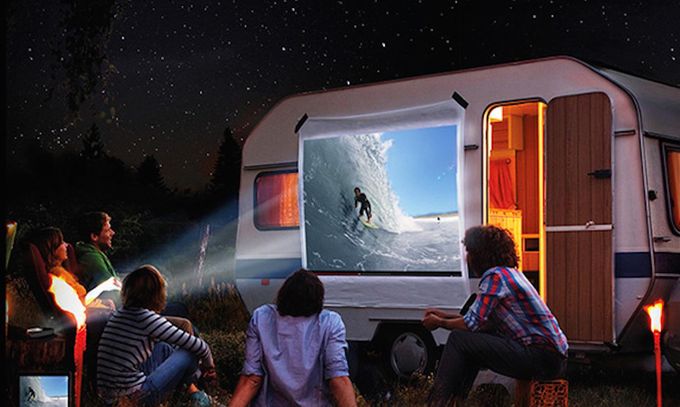
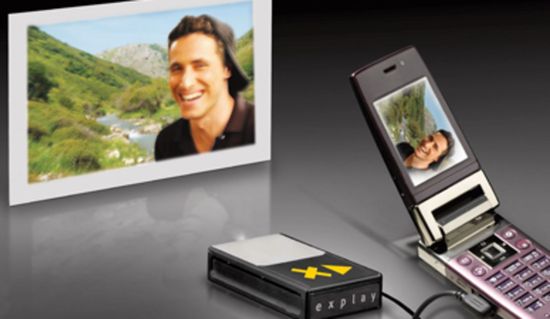
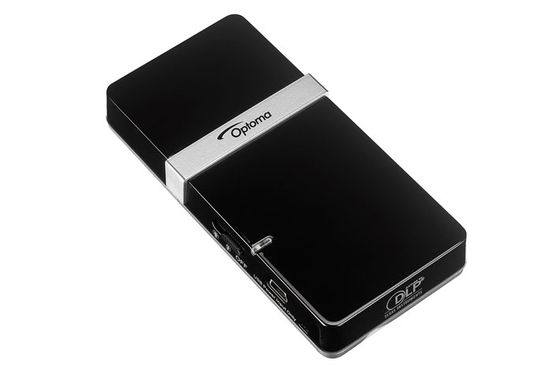
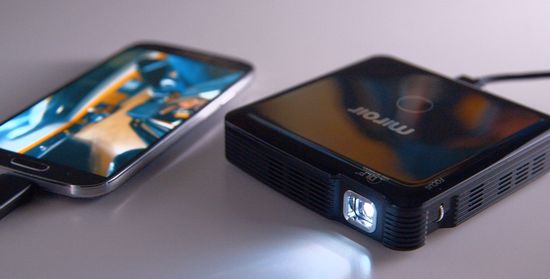
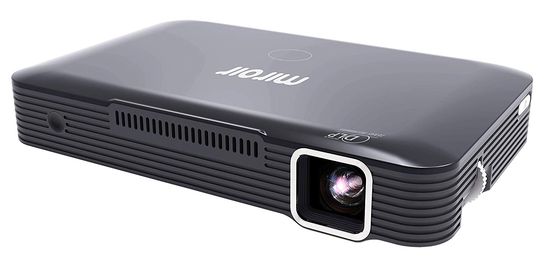
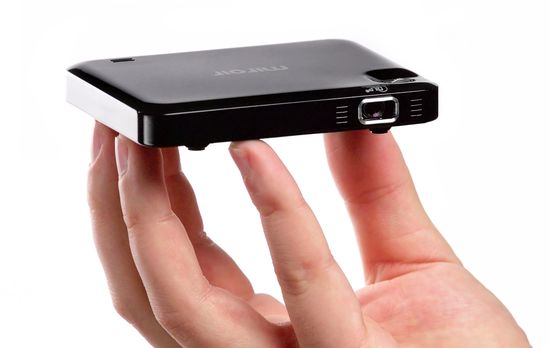
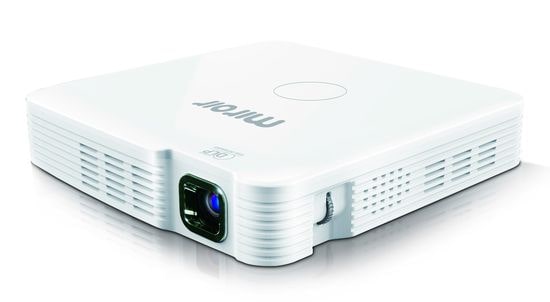
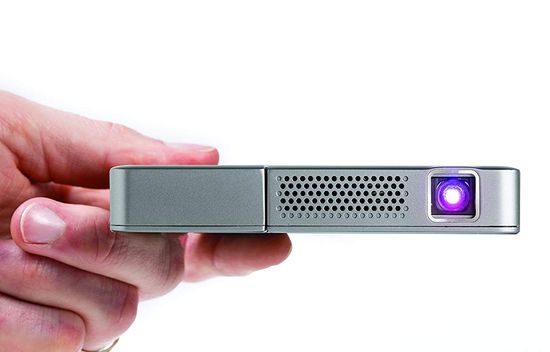
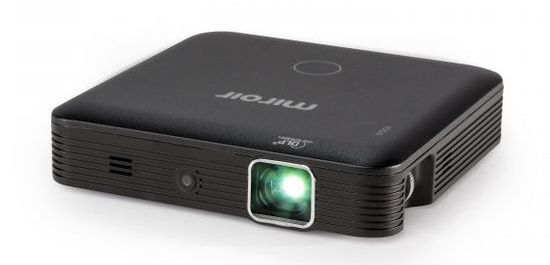
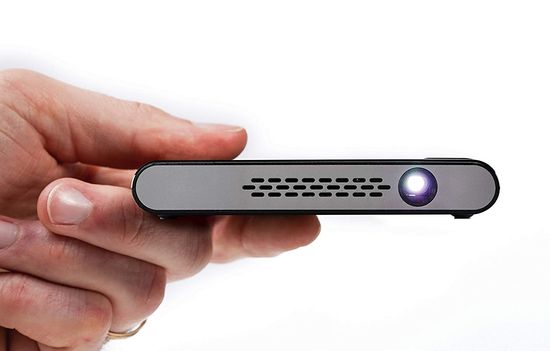
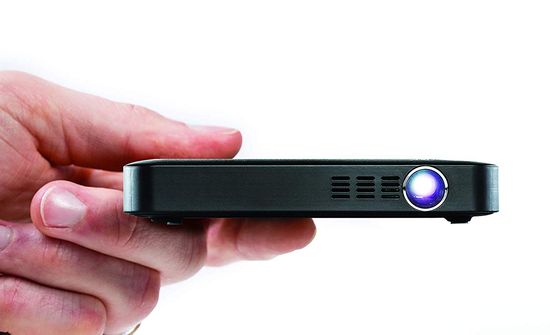
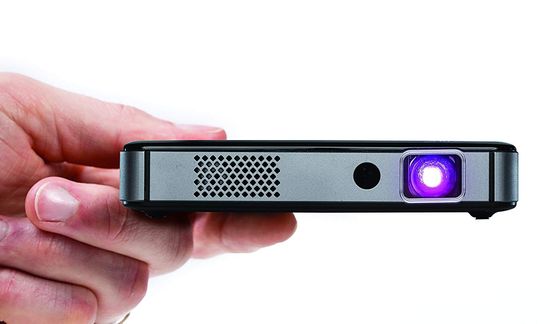
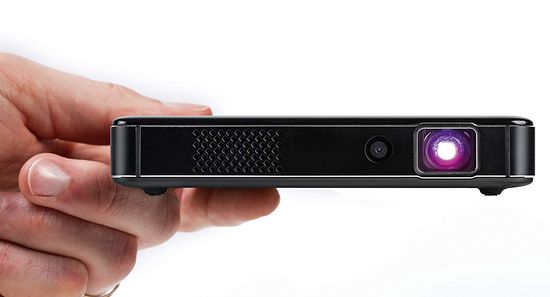
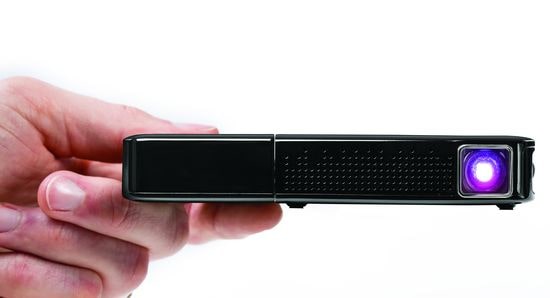
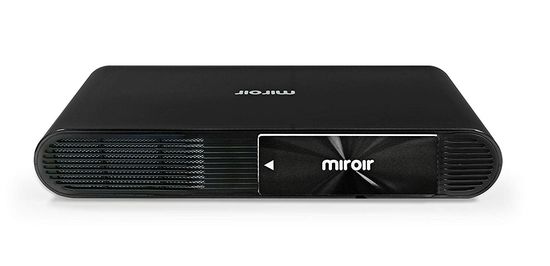
Pingback: LG mini projectors 2020 Review - The Appliances Reviews
Pingback: Why are there no new projector phones in 2020? - The Appliances Reviews
Pingback: Best portable projector specs Overview - The Appliances Reviews